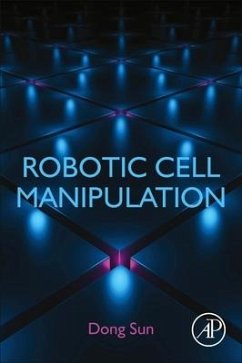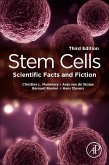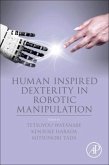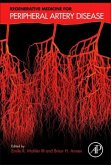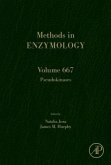Robotic Cell Manipulation introduces up-to-date research to realize this new theme of medical robotics. The book is organized in three levels: operation tools (e.g., optical tweezers, microneedles, dielectrophoresis, electromagnetic devices, and microfluidic chips), manipulation types (e.g., microinjection, transportation, rotation fusion, adhesion, separation, etc.), and potential medical applications (e.g., micro-surgery, biopsy, gene editing, cancer treatment, cell-cell interactions, etc.). The technology involves different fields such as robotics, automation, imaging, microfluidics, mechanics, materials, biology and medical sciences. The book provides systematic knowledge on the subject, covering a wide range of basic concepts, theories, methodology, experiments, case studies and potential medical applications.
It will enable readers to promptly conduct a systematic review of research and become an essential reference for many new and experienced researchers entering this unique field.
It will enable readers to promptly conduct a systematic review of research and become an essential reference for many new and experienced researchers entering this unique field.

